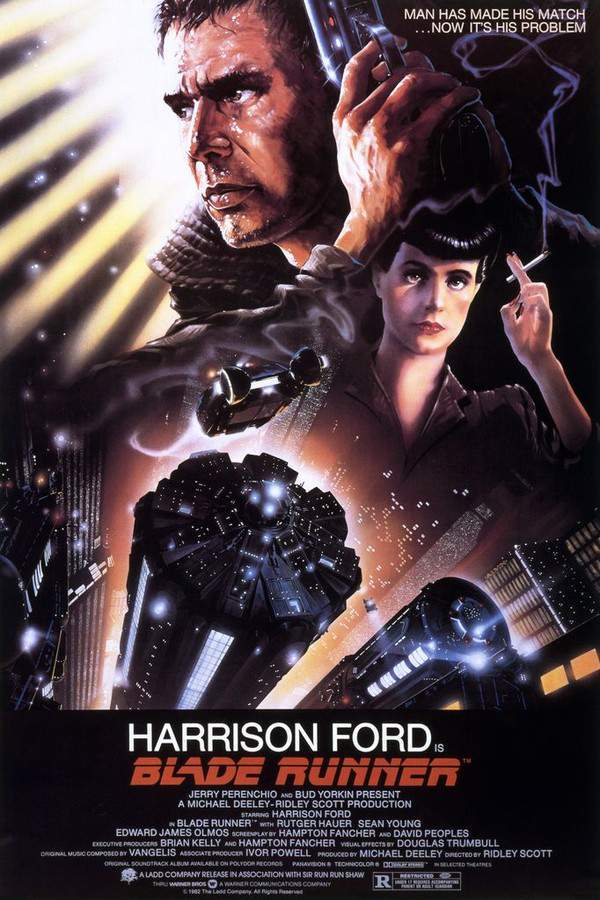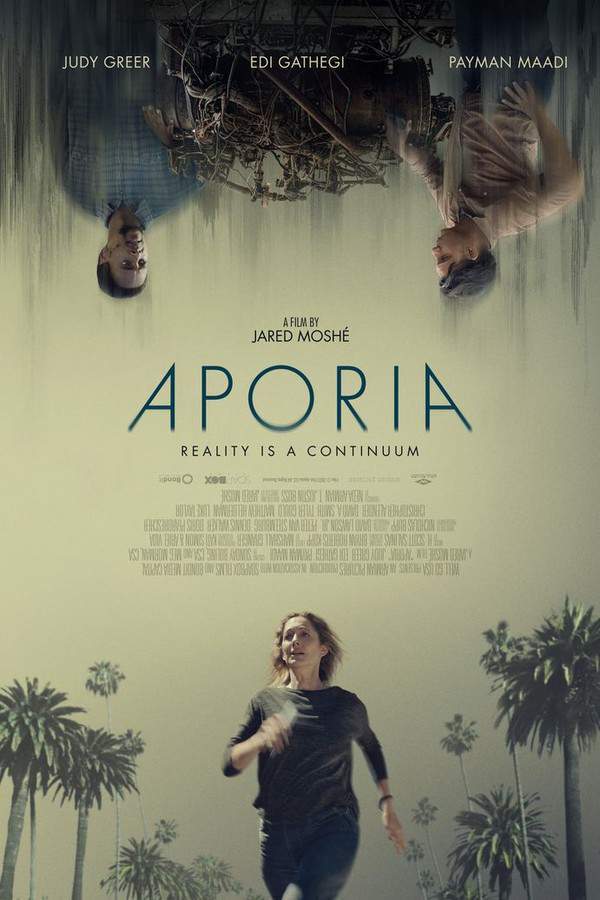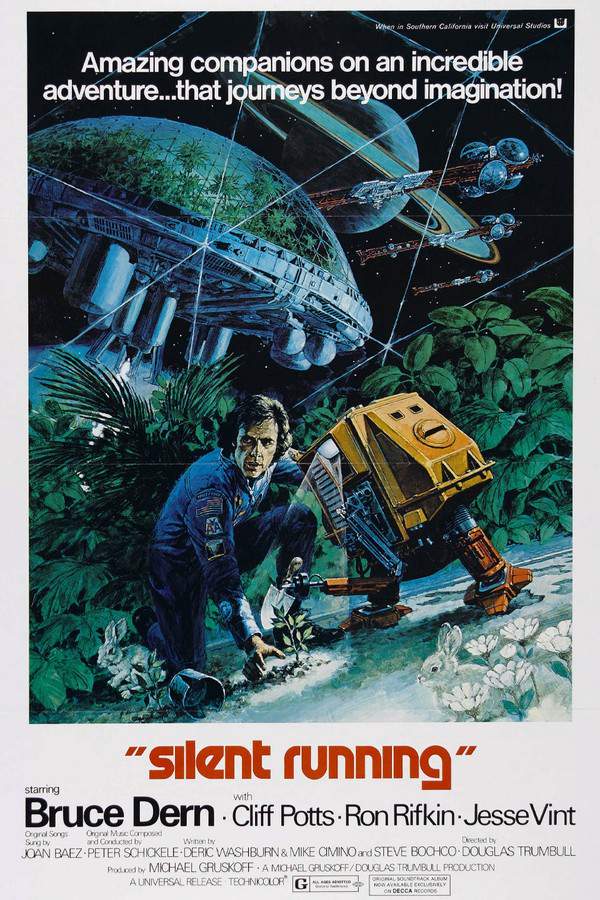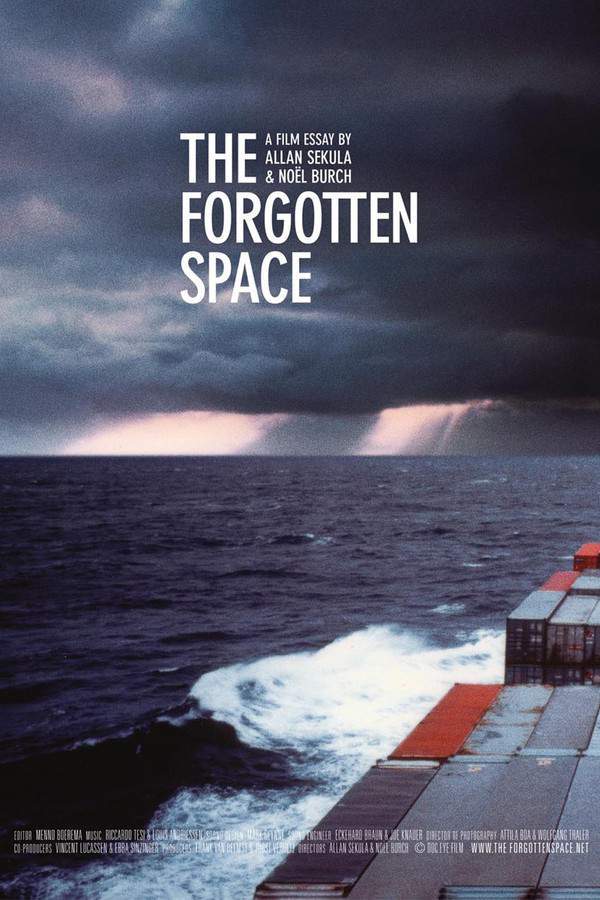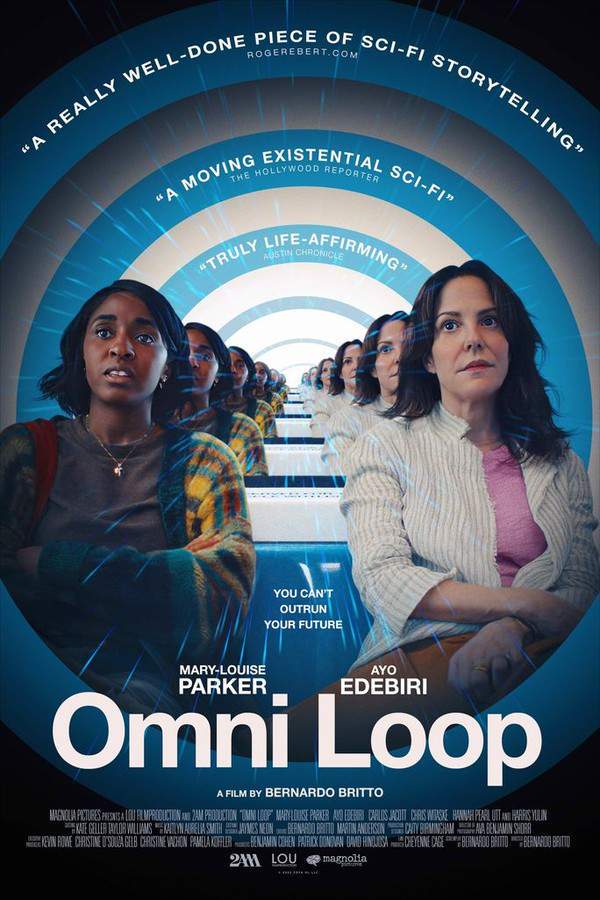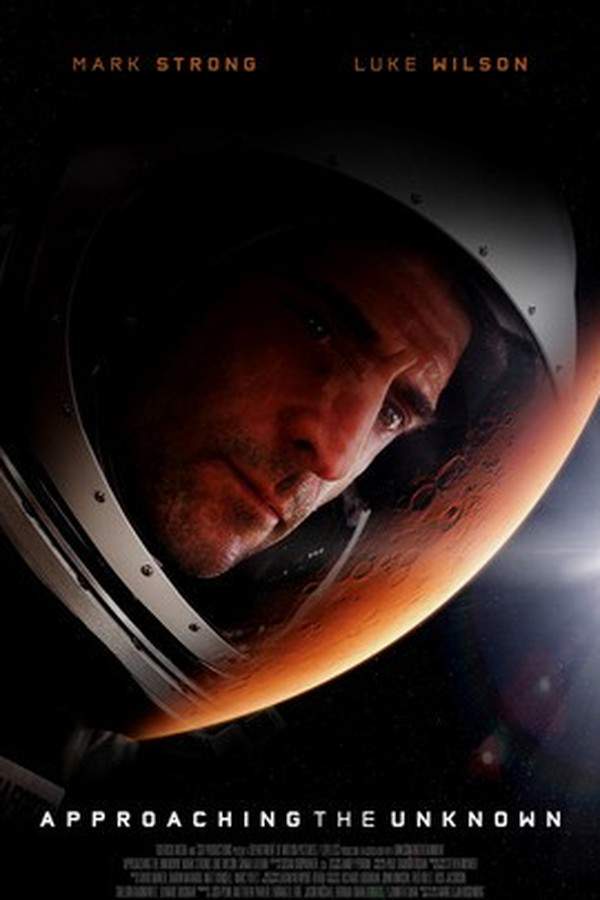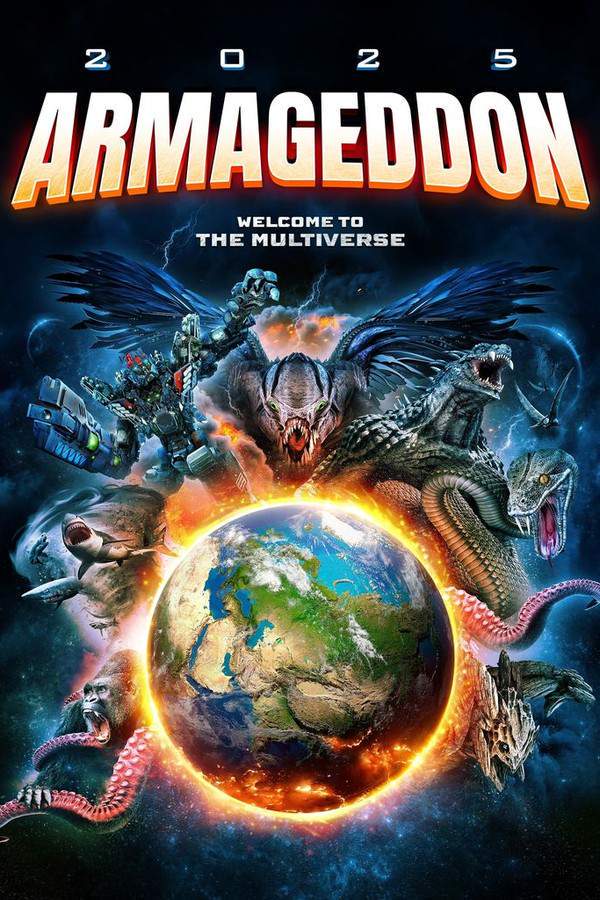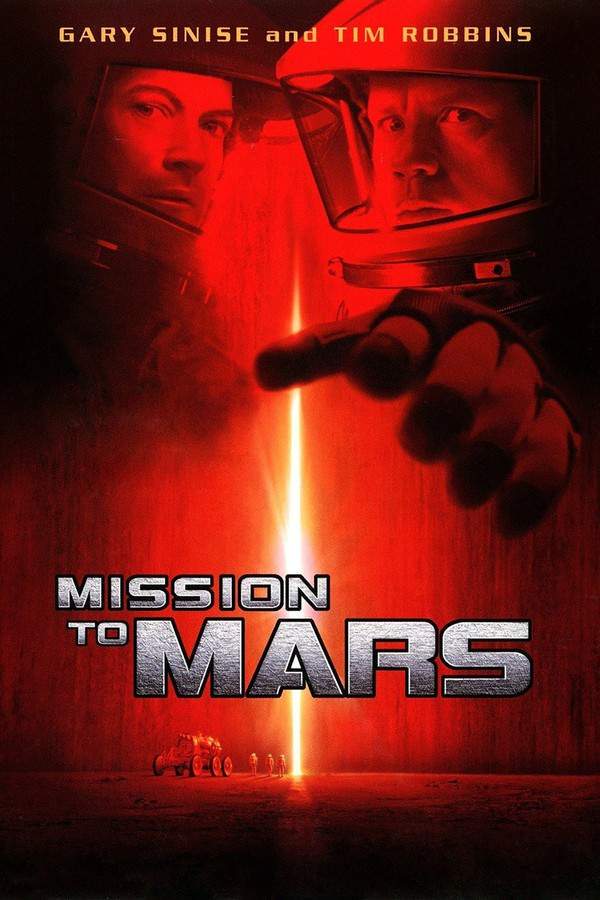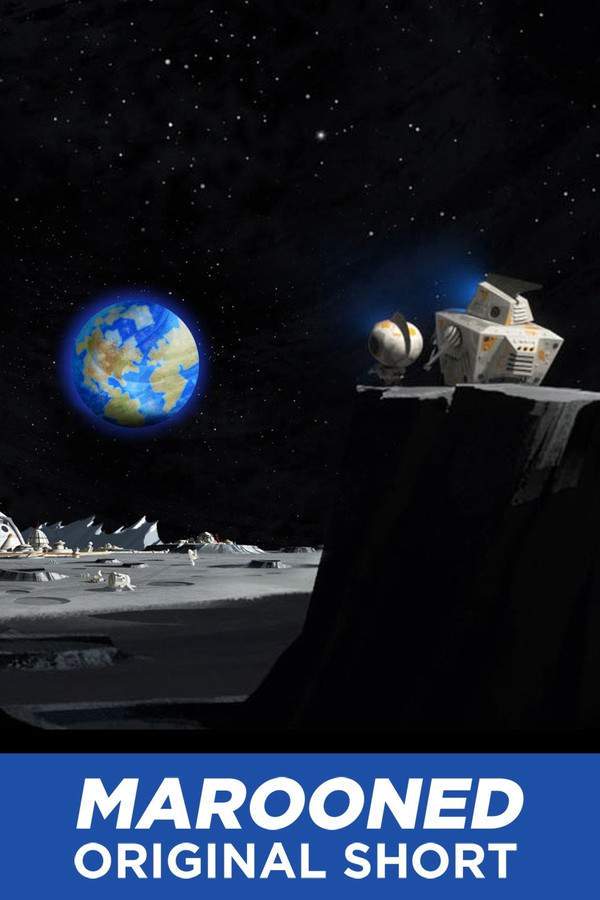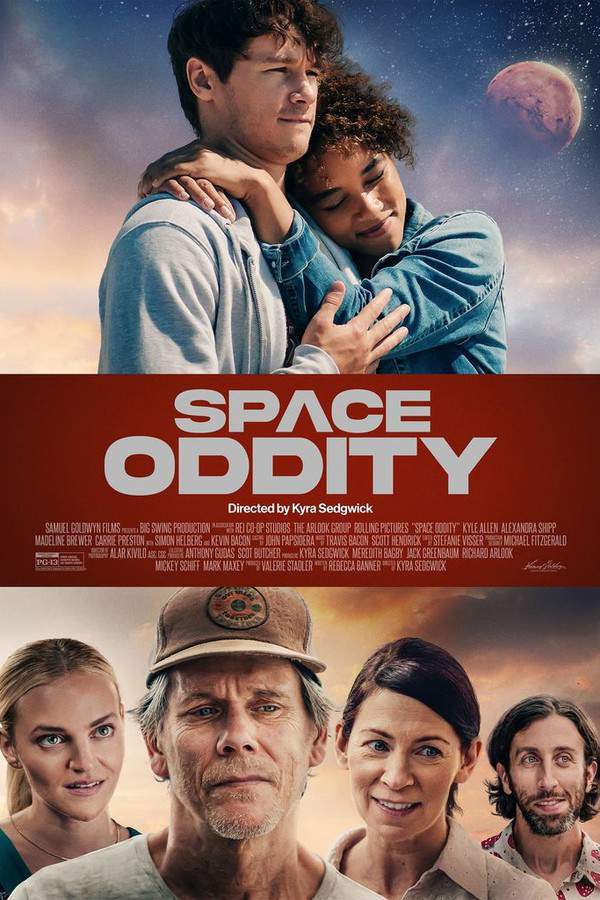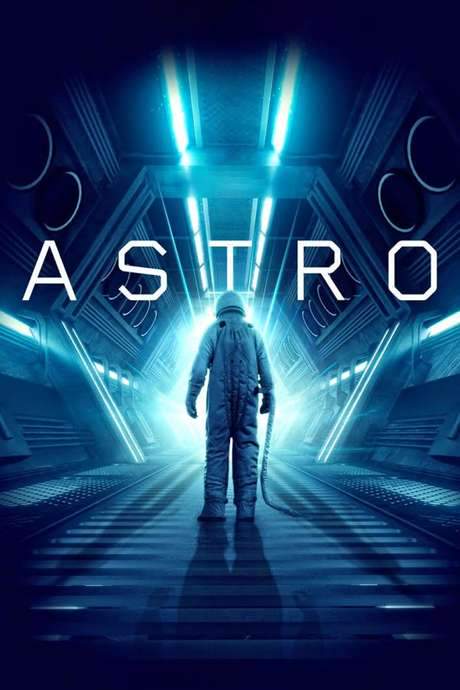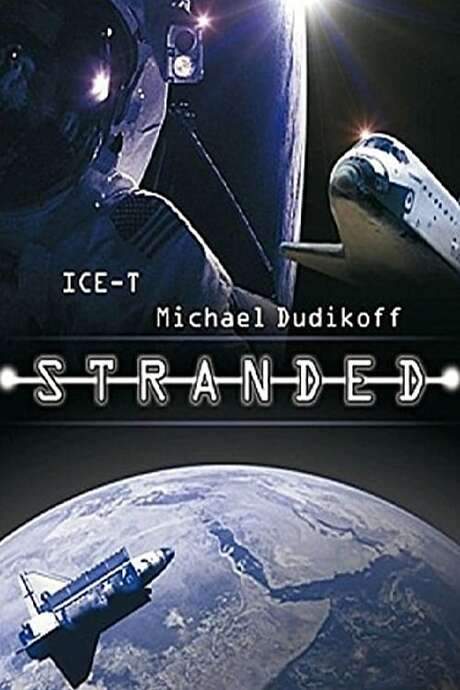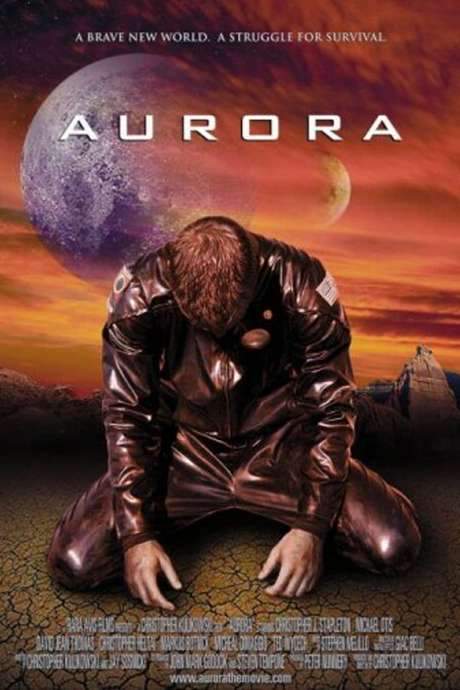
Ad Astra
Driven by a desperate search for his father, a renowned astronaut embarks on a dangerous mission to the outer reaches of the solar system, traveling to Neptune. Thirty years prior, his father’s starship vanished while on a pioneering mission. As the astronaut pushes further into the unknown, he discovers a mysterious power surge that jeopardizes the stability of the universe and forces him to confront long-buried family secrets and his own inner turmoil.
Warning: spoilers below!
Haven’t seen Ad Astra yet? This summary contains major spoilers. Bookmark the page, watch the movie, and come back for the full breakdown. If you're ready, scroll on and relive the story!
Ad Astra (2019) – Full Plot Summary & Ending Explained
Read the complete plot breakdown of Ad Astra (2019), including all key story events, major twists, and the ending explained in detail. Discover what really happened—and what it all means.
Major Roy McBride, portrayed by Brad Pitt, is a dedicated astronaut stationed at the International Space Antenna, an impressive communication tower located many miles above Earth’s surface. Set approximately 100 years in the future, humanity faces a dire threat as mysterious power surges devastate the Solar System. While conducting his operations on the Tower, one of these violent surges hits, forcing Roy to make a perilous jump from the highest point, freefalling for miles before deploying his parachute to land safely.
Compelled to investigate the origin of these deadly surges, Roy learns that they have been traced back to the long-lost “Lima Project,” a deep-space mission launched 26 years ago to explore the edges of our Solar System in search of intelligent life, far from the Sun’s magnetic interference. The project, helmed by his estranged father, H. Clifford McBride, has been silent for 16 years since reaching Neptune, and the surges appearing now suggest an uncontrollable chain reaction, threatening total destruction of the solar system. Defying the odds, Roy accepts a mission to establish communication with his father and uncover the truth about his fate.
Teaming up with his father’s former associate, Colonel Pruitt, Roy embarks on a challenging journey to Mars. Throughout the mission, he consistently demonstrates extraordinary mental resilience and emotional detachment, maintaining a remarkably stable heart rate even during crises. He shows no signs of distress after his wife, Eve, leaves him, reflecting his emotional isolation.
After a turbulent commercial flight to the Moon, they arrive at the SpaceCom base situated in a conflict-prone region of lunar mining territory. Along the way, they fall victim to a vicious ambush by scavengers, resulting in the loss of their military escort. Pruitt succumbs to his injuries shortly after arriving at the base, warning Roy that if contact with his father fails, SpaceCom will resort to destroying his father’s station to end the surges once and for all.
Roy transfers aboard the spacecraft Cepheus, bound for Mars, but soon encounters another challenge when the ship receives a distress signal from a derelict Norwegian biomedical space station. Despite his misgivings, they investigate the station, leading to a harrowing encounter with escaped baboon test subjects that turns deadly. Following the violent discovery, Roy’s stoic demeanor remains unshaken as they return to the Cepheus, where the captain is declared dead.
As the ship approaches Mars, another surge necessitates Roy to take over the landing, during which his calm leadership shines despite the interim captain’s panic. Upon arriving at the underground SpaceCom base, he meets the facility director, Helen Lantos, who shares critical insights into the connection between his father and the Lima Project. Against the backdrop of shocking revelations, including footage of a mutiny aboard the Lima Project, Roy resolves to confront his father directly. Helen assists Roy in secretly boarding a rocket aimed at the Lima Project station.
The journey is fraught with danger as Roy grapples with isolation and the weight of his tumultuous relationship with his father and wife throughout the high-stakes mission. Upon reaching the Lima Project near Neptune, he discovers the station in a state of decay. As he attempts to plant a nuclear payload, he faces the chilling reality of his father’s survival and his fractured familial ties. Clifford reveals devastating truths about his own feelings, claiming he neither loves his wife nor son, deepening the chasm between them.
In a desperate twist, Roy must detach from Clifford to escape, utilizing debris as protection against the destructive forces of Neptune’s rings. Relying on the nuclear explosion to propel him back, he manages to return to Earth, confronting the grim conclusion of his father’s revelations about the nature of life in the universe. Inspired by this journey and the wealth of knowledge gathered, Roy finds the strength to reconnect with his loved ones, ultimately leading him back to an emotionally revitalized Eve.
Last Updated: November 04, 2024 at 01:26
Ending Explained – What Happens at the End of Ad Astra?
Still wondering what the ending of Ad Astra (2019) really means? Here’s a spoiler-heavy breakdown of the final scene, major twists, and the deeper themes that shape the film’s conclusion.
At the end of Ad Astra, Roy McBride’s journey culminates in a deeply personal revelation about his father, Clifford, and ultimately about himself. When Roy finds Clifford aboard the Lima spacecraft, he discovers that their mission to find alien life was, in truth, a misguided and obsessive search—one rooted in faith rather than scientific fact. In reality, the Lima was sent out to monitor for extraterrestrial life, but the crew, including Clifford, was driven mad by the endless emptiness of space and the failure to find any signs of intelligent life. Clifford’s relentless belief in the mission’s purpose and his denial of its futility led him to become detached, even dangerous, killing mutineers and ignoring the actual absence of aliens.
As Roy confronts Clifford, he begins to see how the father’s obsession and deep loneliness mirror his own internal struggles. The film suggests that both men were driven by similar feelings of disconnect and a search for meaning—Clifford’s driven to madness in space, and Roy, in turn, seeking to reconnect with his father and find his place in the universe. When Clifford realizes that the Lima’s mission was ultimately futile, he lets go of his obsession, symbolically releasing himself from the destructive path he was on. This moment is also a symbolic severing of the emotional dependency Clifford had on his son—an unspoken acknowledgment that Roy no longer needs to define himself by his father’s failures or ideals.
In the climax, Roy uses a piece of his father’s ship to escape through Neptune’s rings and, with a clear but physically implausible choice, ignites the explosion of the ship to propel himself back to Earth. This act signifies a final act of liberation, both physically and emotionally. Returning home, Roy is no longer the distant soldier or the son guided purely by duty, but a person who has faced his inner fears and losses. He reconnects with his estranged ex-wife and begins a new chapter of understanding and acceptance of his place in life and the universe. Ultimately, the film’s ending reveals that Roy’s true journey was inward—an exploration of loneliness, fatherly love, and the need to find oneself amidst the vast emptiness of space and human emotion. It’s a quiet, introspective conclusion that emphasizes the importance of human connection over cosmic exploration, underscoring that sometimes, the greatest discoveries are about understanding and accepting ourselves.
Last Updated: June 25, 2025 at 08:59
Explore Movie Threads
Discover curated groups of movies connected by mood, themes, and story style. Browse collections built around emotion, atmosphere, and narrative focus to easily find films that match what you feel like watching right now.
Solemn space journeys of isolation like in Ad Astra
Deep-space odysseys where the vast emptiness mirrors profound personal turmoil.If you liked the lonely, introspective atmosphere of Ad Astra, explore more movies like it. This collection features similar sci-fi stories where space exploration is a backdrop for deep emotional and psychological journeys, focusing on themes of isolation, grief, and the search for connection in a vast universe.
Narrative Summary
The narrative typically follows a solitary protagonist on a linear quest into the cosmos, where external dangers are secondary to the internal confrontation with past trauma, abandonment, or existential dread. The plot structure often involves a methodical progression through different waypoints, each revealing more about the character's inner state.
Why These Movies?
These movies are grouped together because they share a distinct combination of a serious sci-fi setting, a melancholic tone, and a focus on a character's heavy emotional burden. The experience is defined by a sense of awe mixed with profound loneliness, offering a more philosophical take on space travel.
Psychological quests for paternal closure like in Ad Astra
Intense journeys where confronting an absent father unlocks deep self-discovery.For viewers who appreciated the central father-son dynamic in Ad Astra, this list compiles movies with similar narrative patterns. Discover stories where a character's search for a lost parent drives a tense, emotionally heavy plot, culminating in a bittersweet revelation and personal transformation.
Narrative Summary
The plot is driven by the protagonist's need to find answers from an absent parent, which forces them into perilous situations. The journey is linear but layered with flashbacks and psychological evaluations, building towards a climactic confrontation that reveals a difficult truth, ultimately resolving in a bittersweet acceptance rather than a happy reunion.
Why These Movies?
These films are connected by their core focus on the complex father-son relationship as the primary narrative engine. They share a high-stakes, intense atmosphere and a heavy emotional weight derived from themes of abandonment, unresolved grief, and the painful process of achieving closure.
Unlock the Full Story of Ad Astra
Don't stop at just watching — explore Ad Astra in full detail. From the complete plot summary and scene-by-scene timeline to character breakdowns, thematic analysis, and a deep dive into the ending — every page helps you truly understand what Ad Astra is all about. Plus, discover what's next after the movie.
Ad Astra Timeline
Track the full timeline of Ad Astra with every major event arranged chronologically. Perfect for decoding non-linear storytelling, flashbacks, or parallel narratives with a clear scene-by-scene breakdown.

Characters, Settings & Themes in Ad Astra
Discover the characters, locations, and core themes that shape Ad Astra. Get insights into symbolic elements, setting significance, and deeper narrative meaning — ideal for thematic analysis and movie breakdowns.

Ad Astra Ending Explained
What really happened at the end of Ad Astra? This detailed ending explained page breaks down final scenes, hidden clues, and alternate interpretations with expert analysis and viewer theories.

Ad Astra Spoiler-Free Summary
Get a quick, spoiler-free overview of Ad Astra that covers the main plot points and key details without revealing any major twists or spoilers. Perfect for those who want to know what to expect before diving in.

More About Ad Astra
Visit What's After the Movie to explore more about Ad Astra: box office results, cast and crew info, production details, post-credit scenes, and external links — all in one place for movie fans and researchers.

Similar Movies to Ad Astra
Discover movies like Ad Astra that share similar genres, themes, and storytelling elements. Whether you’re drawn to the atmosphere, character arcs, or plot structure, these curated recommendations will help you explore more films you’ll love.
Explore More About Movie Ad Astra
Ad Astra (2019) Scene-by-Scene Movie Timeline
Ad Astra (2019) Movie Characters, Themes & Settings
Ad Astra (2019) Ending Explained & Theories
Ad Astra (2019) Spoiler-Free Summary & Key Flow
Movies Like Ad Astra – Similar Titles You’ll Enjoy
Interstellar (2014) Story Summary & Characters
The Midnight Sky (2020) Full Summary & Key Details
Approaching the Unknown (2016) Spoiler-Packed Plot Recap
The Space Between Us (2017) Complete Plot Breakdown
The Astronaut Farmer (2007) Full Movie Breakdown
Armageddon (1998) Story Summary & Characters
Mission to Mars (2000) Movie Recap & Themes
Marooned (1969) Full Summary & Key Details
Space Oddity (2023) Spoiler-Packed Plot Recap
Magellan (2017) Detailed Story Recap
Astro (2018) Story Summary & Characters
Stranded (2002) Plot Summary & Ending Explained
Beyond the Stars (1989) Movie Recap & Themes
A Trip to Mars (1918) Plot Summary & Ending Explained
Aurora (1998) Spoiler-Packed Plot Recap

